Millions of birds, including thousands of raptors, migrate to Africa for the winter and return to Northern Europe for the summer. They cross the Strait of Gibraltar at Tarifa
By Nick Nutter | Updated 12 Mar 2022 | Cádiz | Birdwatching |
Login to add to YOUR Favourites or Read Later
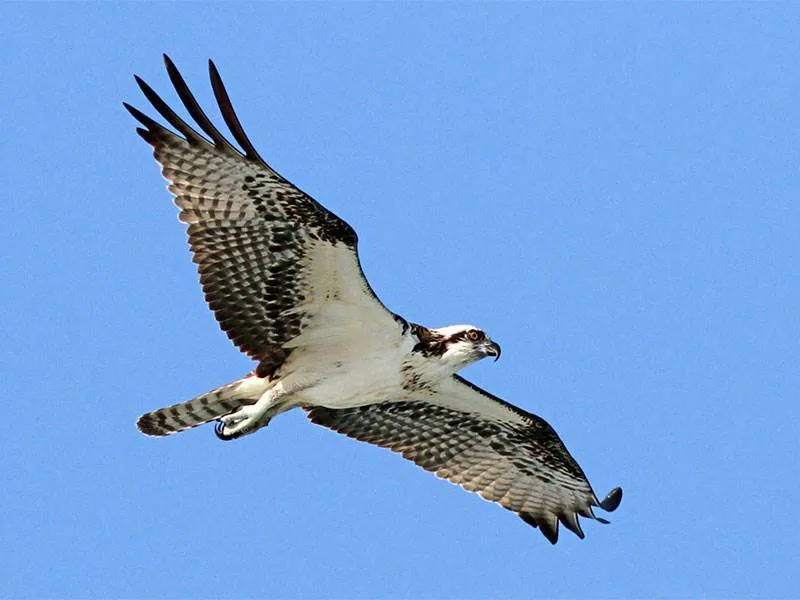
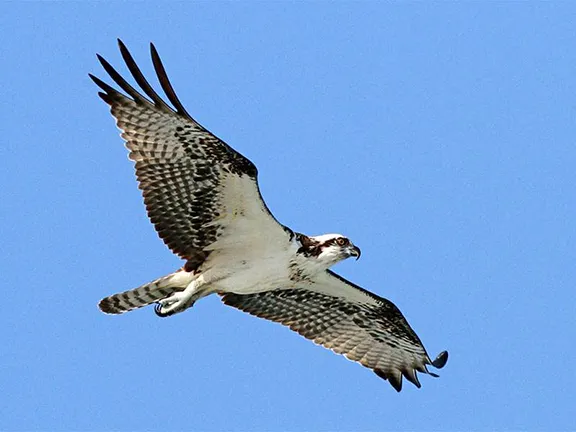
Osprey
Millions of birds, including thousands of raptors, migrate to Africa for the winter and return to Northern Europe for the summer. Almost 400 species are represented of which over 20 are raptors. There is nothing quite as spectacular as watching some of the larger raptors congregate, spiralling upwards on thermals, and then launching off towards Africa, or, conversely, watch them stream back in the spring. Typically, they will start off high to start the journey, and descend gradually as they make the crossing.
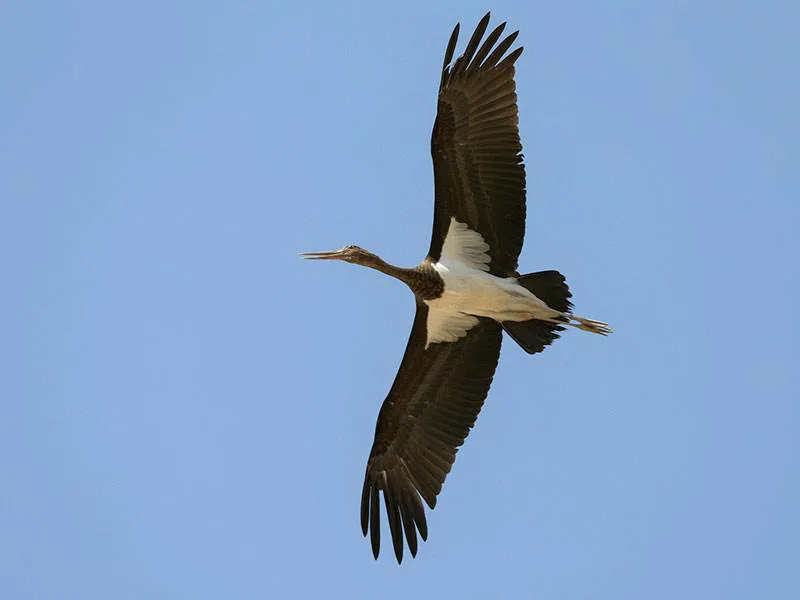

Black Stork
Clear days, when there is a good view across the Strait, is preferred by the birds and humans. If there are bad winds, the only bird likely to attempt the crossing is the Honey Buzzard. Most migration takes place between mid-morning and early afternoon say 10am to 1pm.
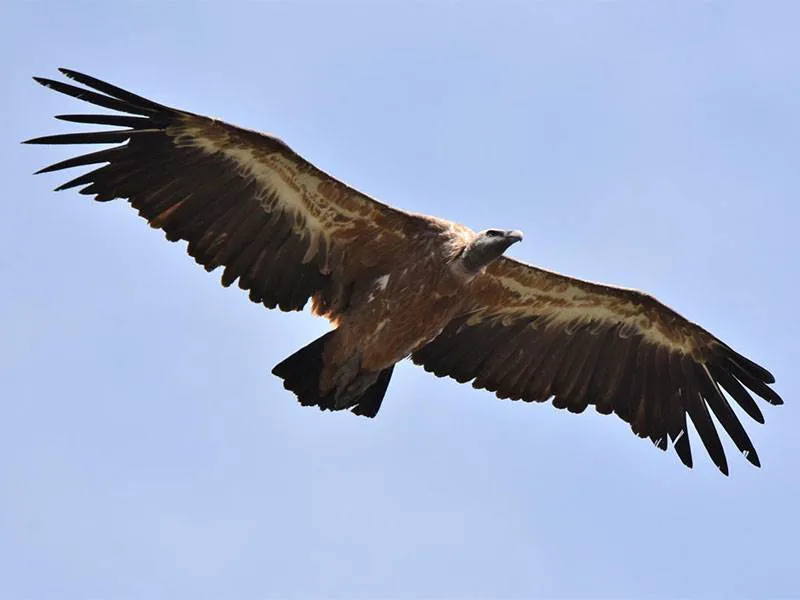
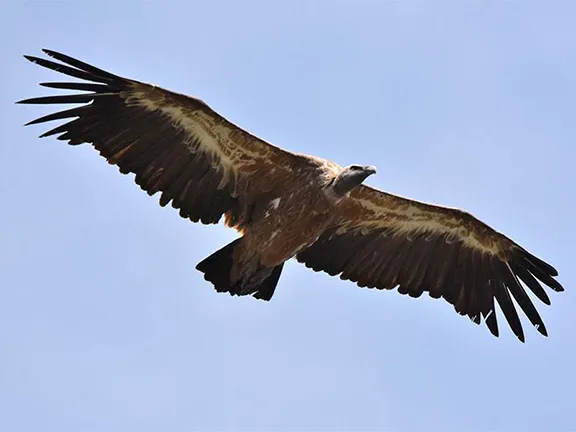
Griffon Vulture
Most of these birds choose to cross the Strait of Gibraltar at its narrowest point; in the area of Tarifa. The headlands and peaks of hills along the coast offer some great vantage points to watch this spectacle. Broad winged birds, like raptors, tend to drift with the wind so, if conditions are calm, Tarifa is the central point, if the wind is westerly the birds will tend to be towards Gibraltar or beyond, if the wind is easterly, they could be as far along the coast as Bolonia.
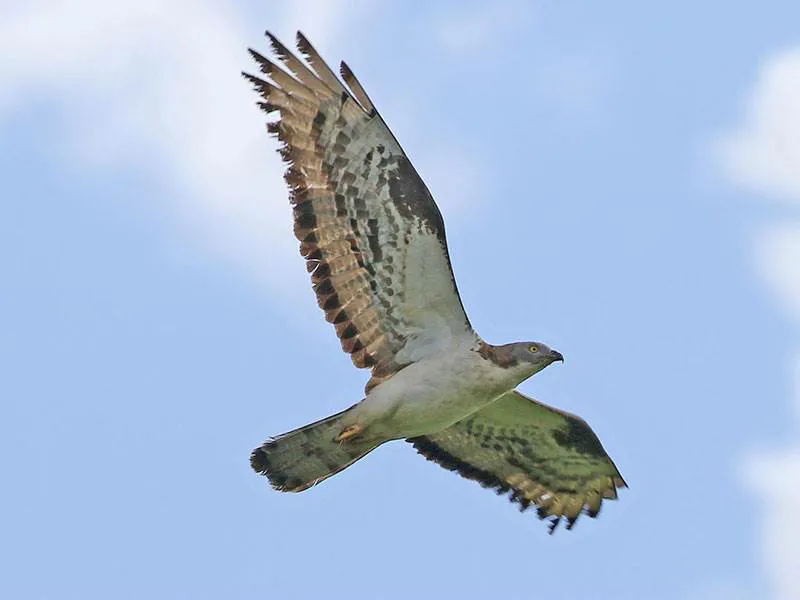
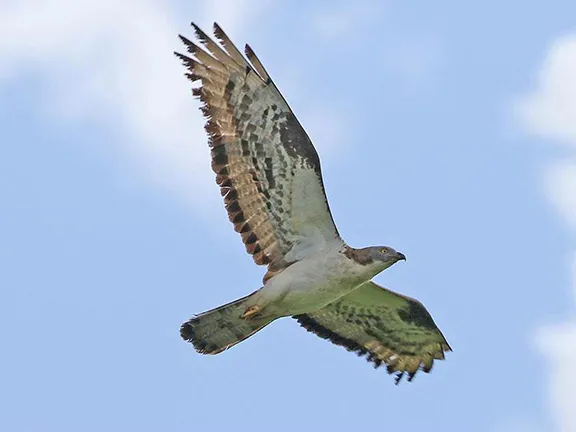
Honey Buzzard
Sanctuario de la Luz Turn north off the N340 at KM 78.5. The sanctuary is about 4 kms inland.
La Pena Turn east off the N340 at KM 76.5 There is a semi official vulture feeding station about 1 km up the track and the whole valley offers opportunities for watching the migrations.
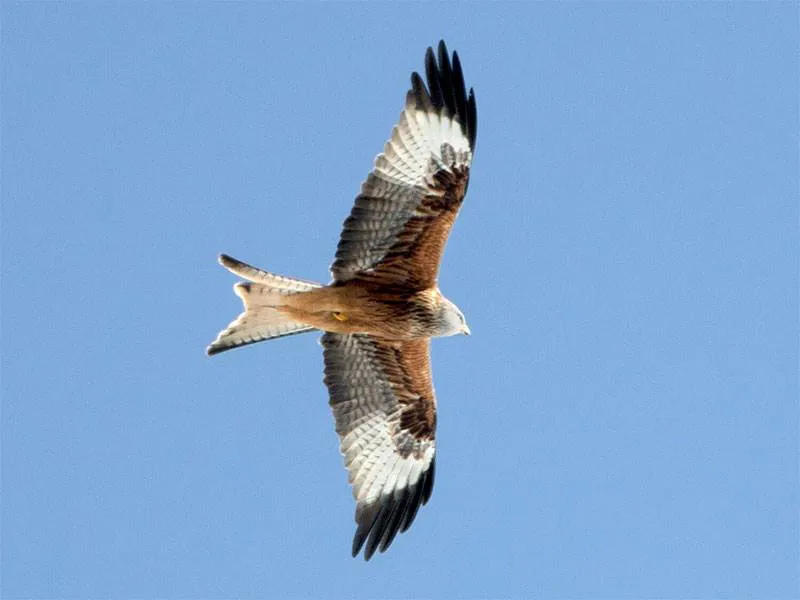
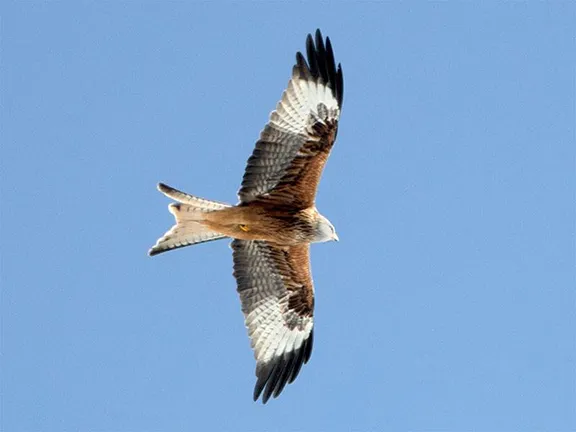
Red Kite
Jews Gate Gibraltar
Punta Carnero just south of Algeciras
Mirador El Estrecho on the N340 between Algeciras and Tarifa
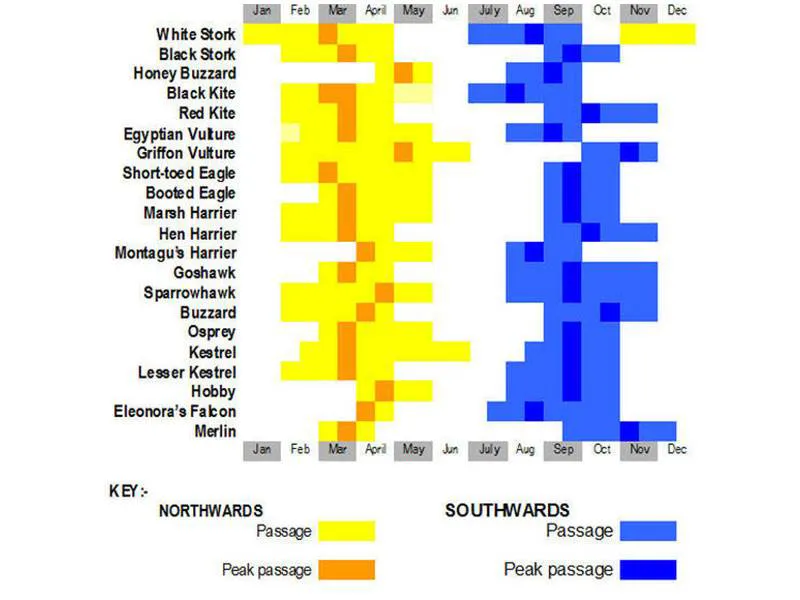
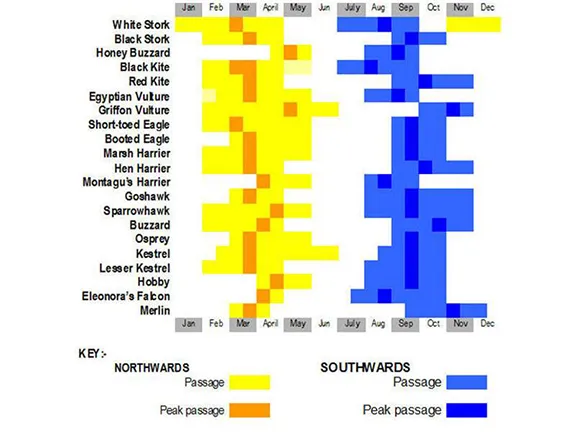
Table of Migrations of Raptors at Tarifa
February - March
The start of bird of prey migration including Black Kite, Short-toed Eagle & Egyptian Vulture. Cory’s Shearwaters in the straits.
March - April
Black Kite, Egyptian Vulture, Short-toed Eagle, Marsh and Montagu’s Harriers, Buzzard, Booted Eagle and Osprey. Smaller spring migrants include Subalpine & Spectacled Warblers & Black-eared Wheatear and others.
April - May - best period in the spring for watching migratory birds
Migrating passerines and large falls occur in the Strait area after bad weather. Those wanting to observe the greatest variety of species should visit during mid-April to mid-June. At this time birds are still migrating north and most of the summer visitors have arrived to breed. Among the interesting migrants these months include Montagu’s Harrier, Scops Owl, Red-necked Nightjar, Bee-eater, Roller, Hoopoe, Short-toed Lark, Tawny Pipit, Rufous Bush Robin, Northern & Black-eared Wheatears, Rock Thrush, Western Olivaceaous Warbler, Melodious Warbler, Spectacled Warbler, Subalpine Warbler, Orphean Warbler, Willow & Bonelli’s Warblers, Pied Flycatcher, Common Redstart, Woodchat Shrike, Ortolan Bunting and many others.
June - and see above
Honey Buzzard and for other late bird of prey passage involving a lot of non-breeding individuals from species such as Griffon Vulture, Short-toed Eagle, Black Kite.
July - August - the best seabird-watching months
There are large numbers of Balearic and Cory’s Shearwaters offshore and there is a large westward movement of thousands of Audouins’s Gull. Other seabirds likely at this time include Slender-billed Gull, Gull-billed Tern & Black Tern. July to August is also the peak of the southward migration of the White Stork, Black Kite and Common Swift.
August - October - best period for raptors heading south
The last week of August and the first ten days of September are the best for large numbers of raptors on migration, especially Honey Buzzard, Egyptian Vulture and Montagu’s Harrier. Black Storks and Short-toed and Booted Eagles follow at the end of September and in early October. The main passerine activity in autumn is in late September to mid-November when large falls occur after bad weather. Finch migration during October and early November is spectacular.